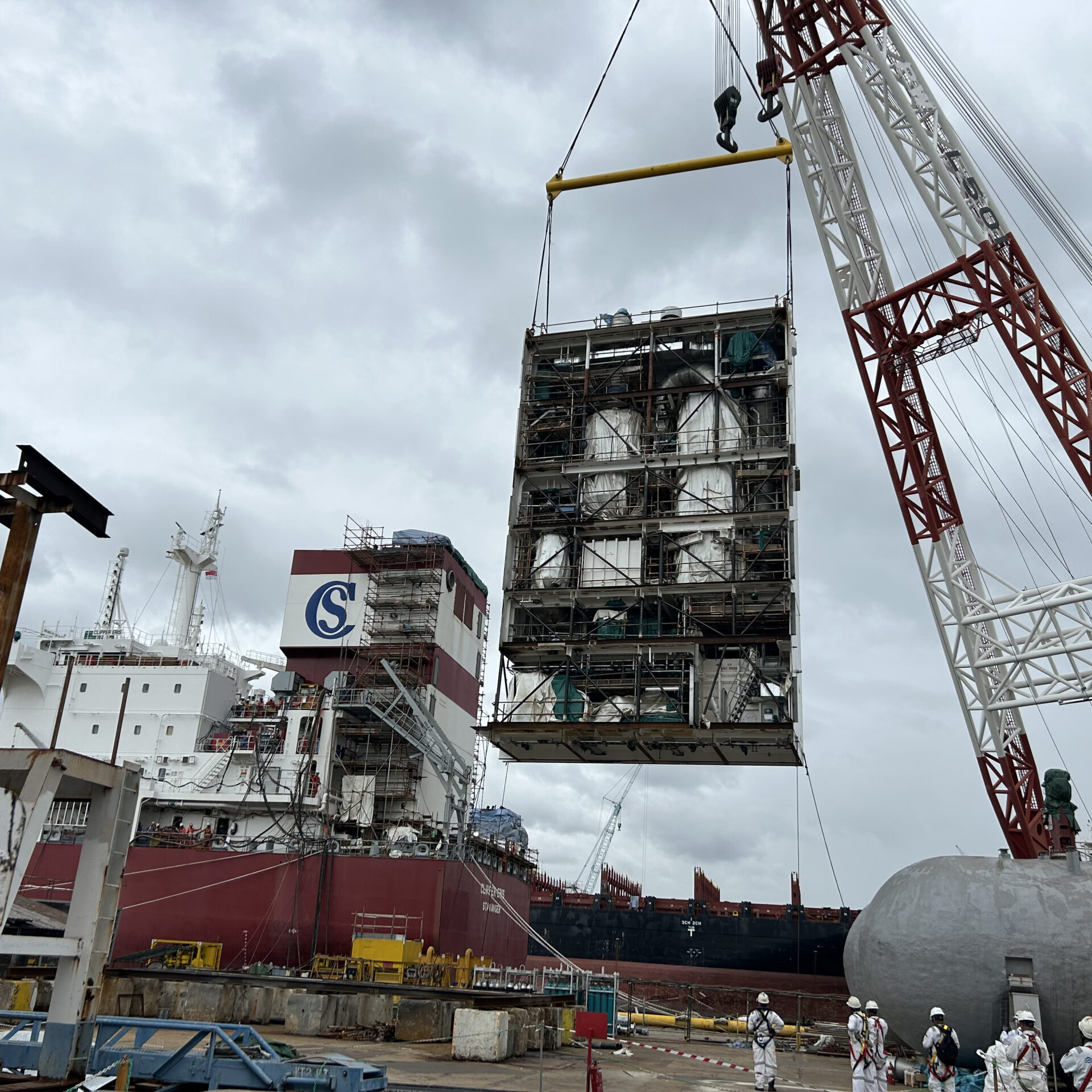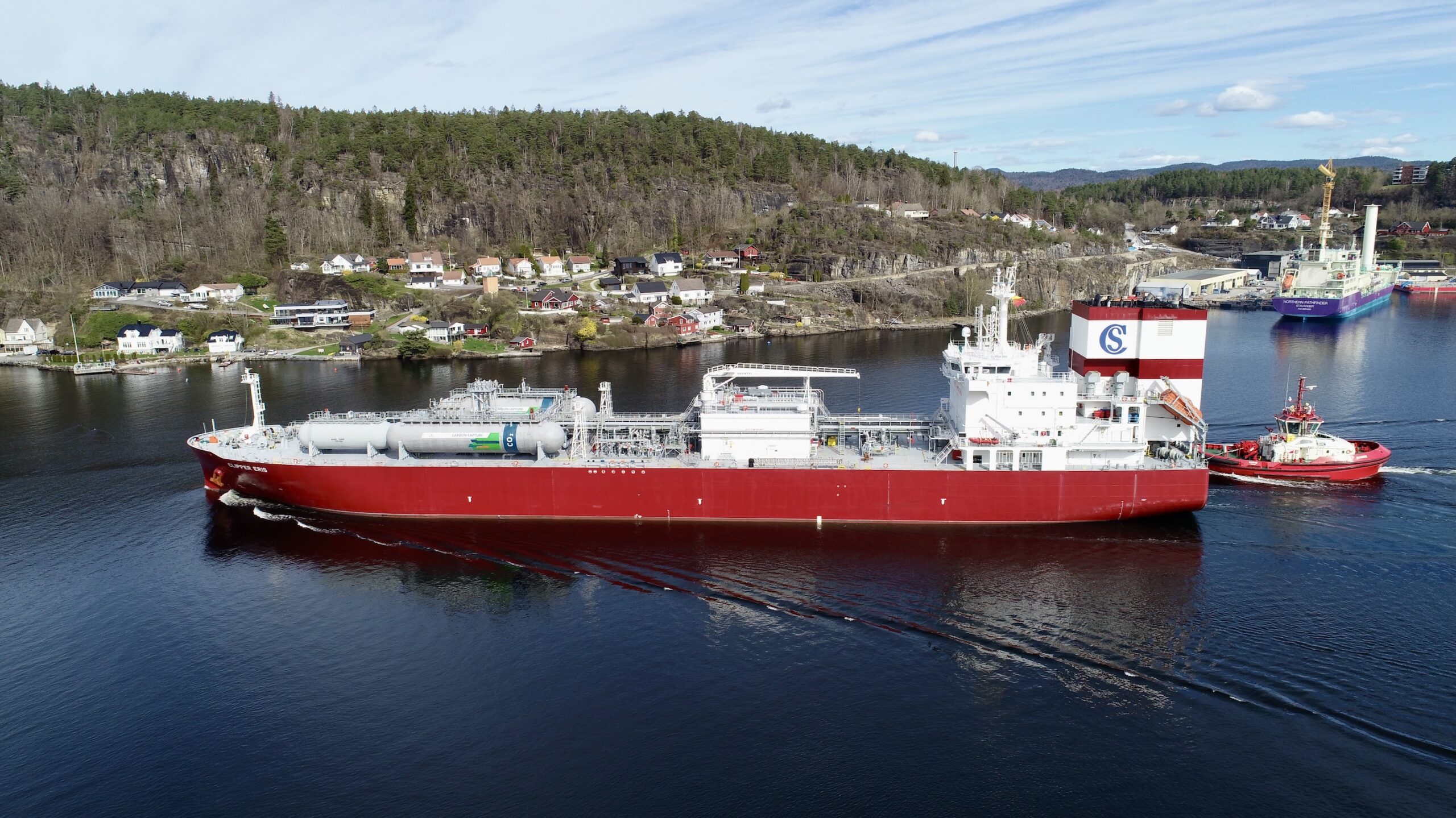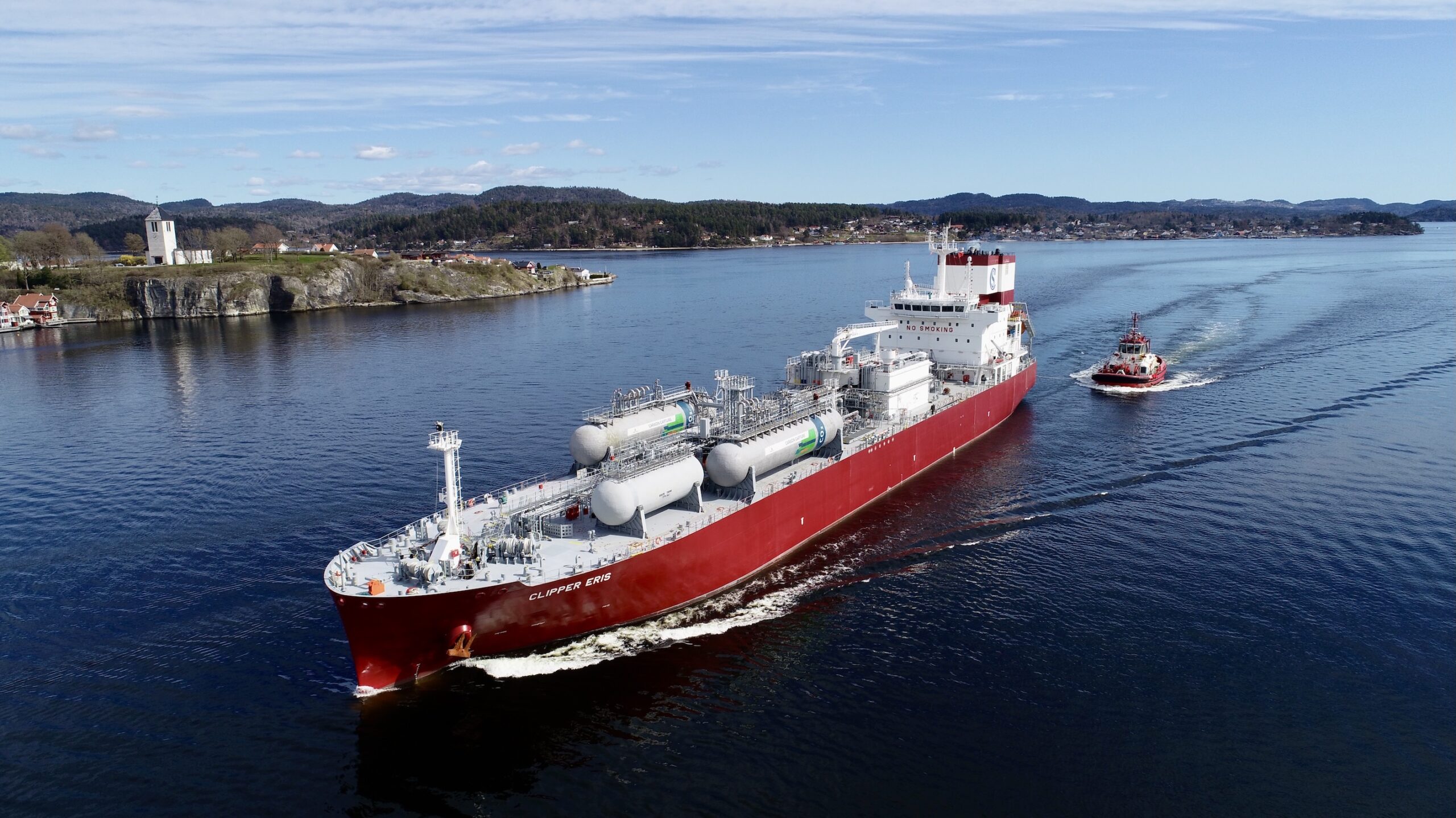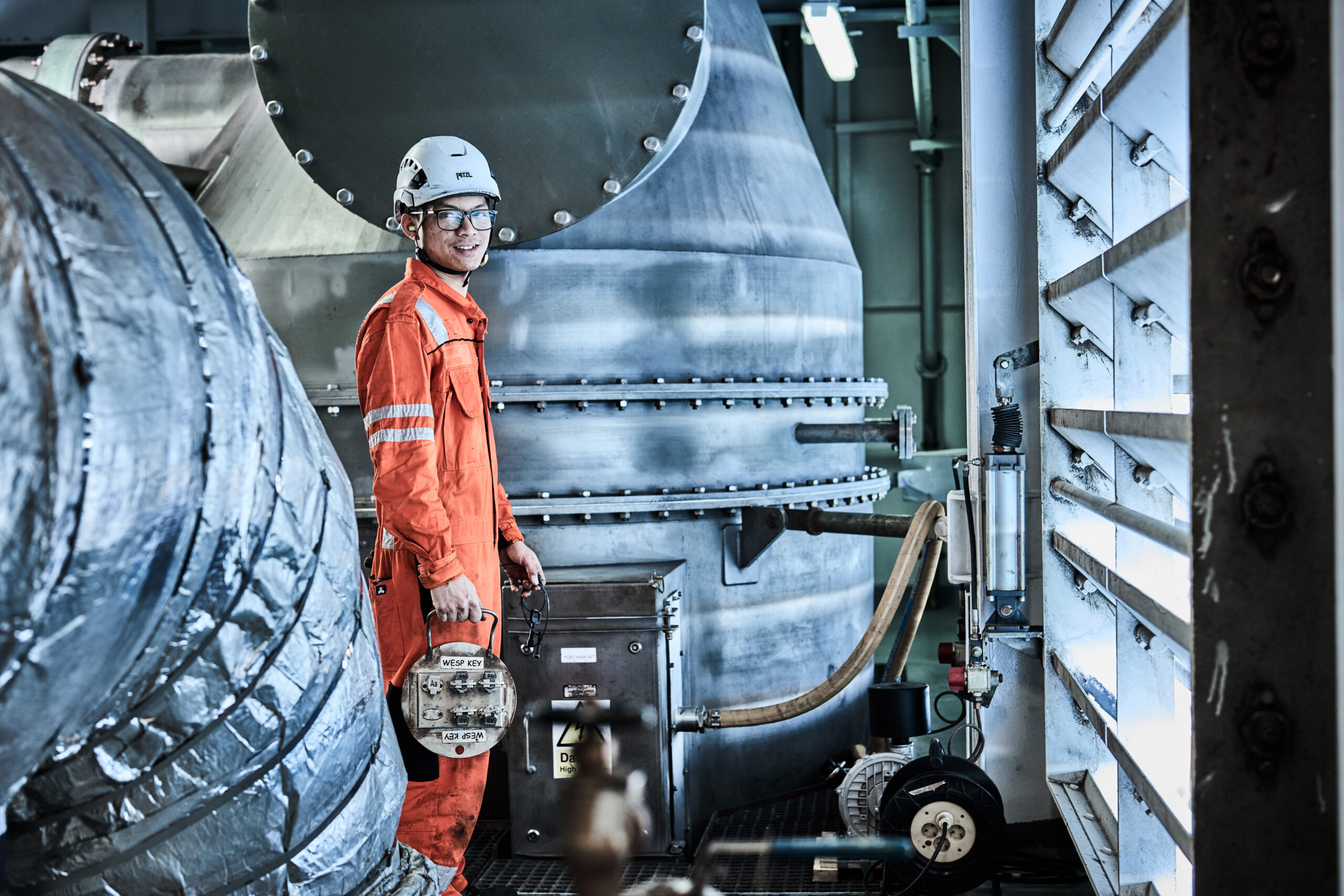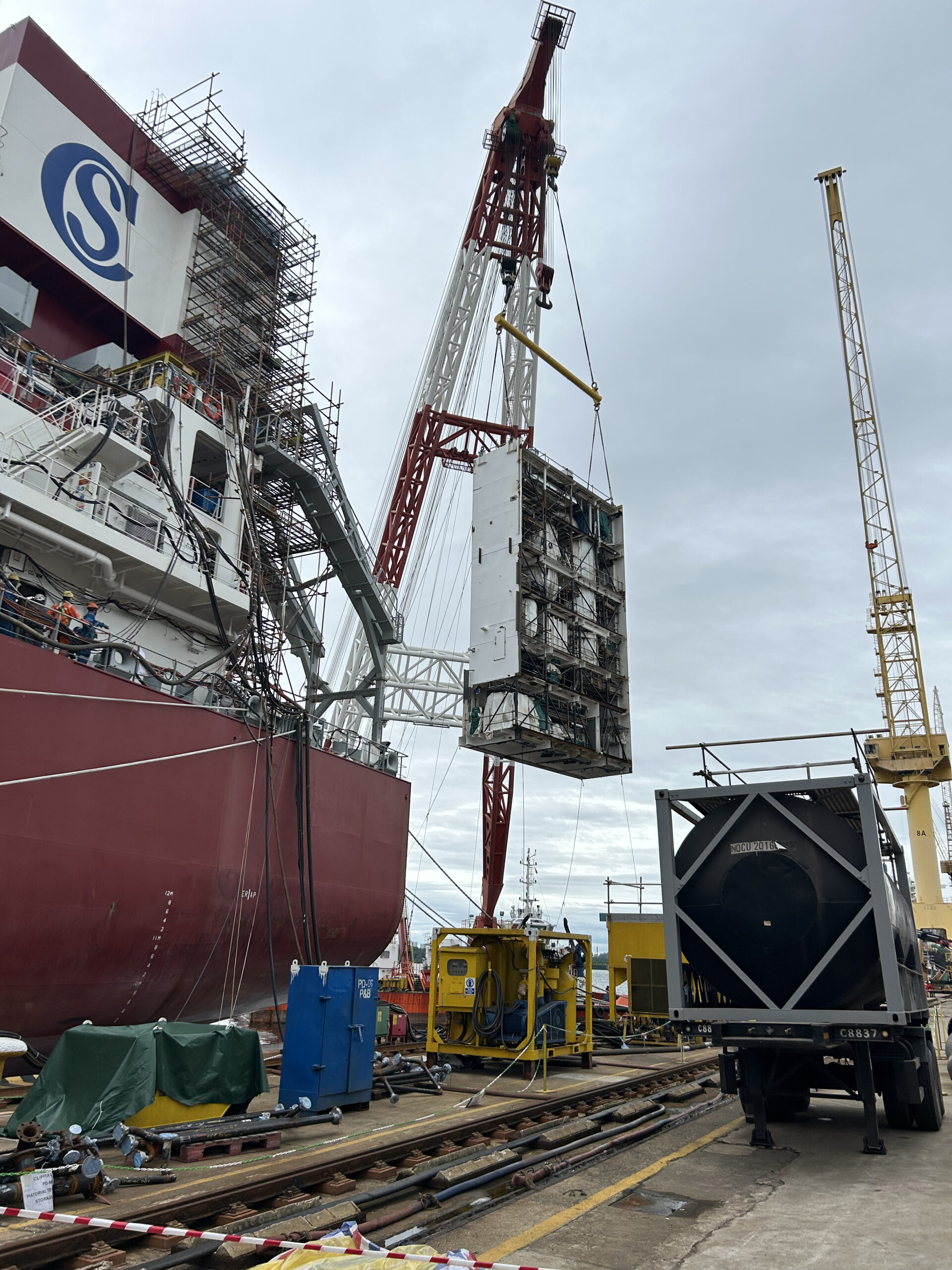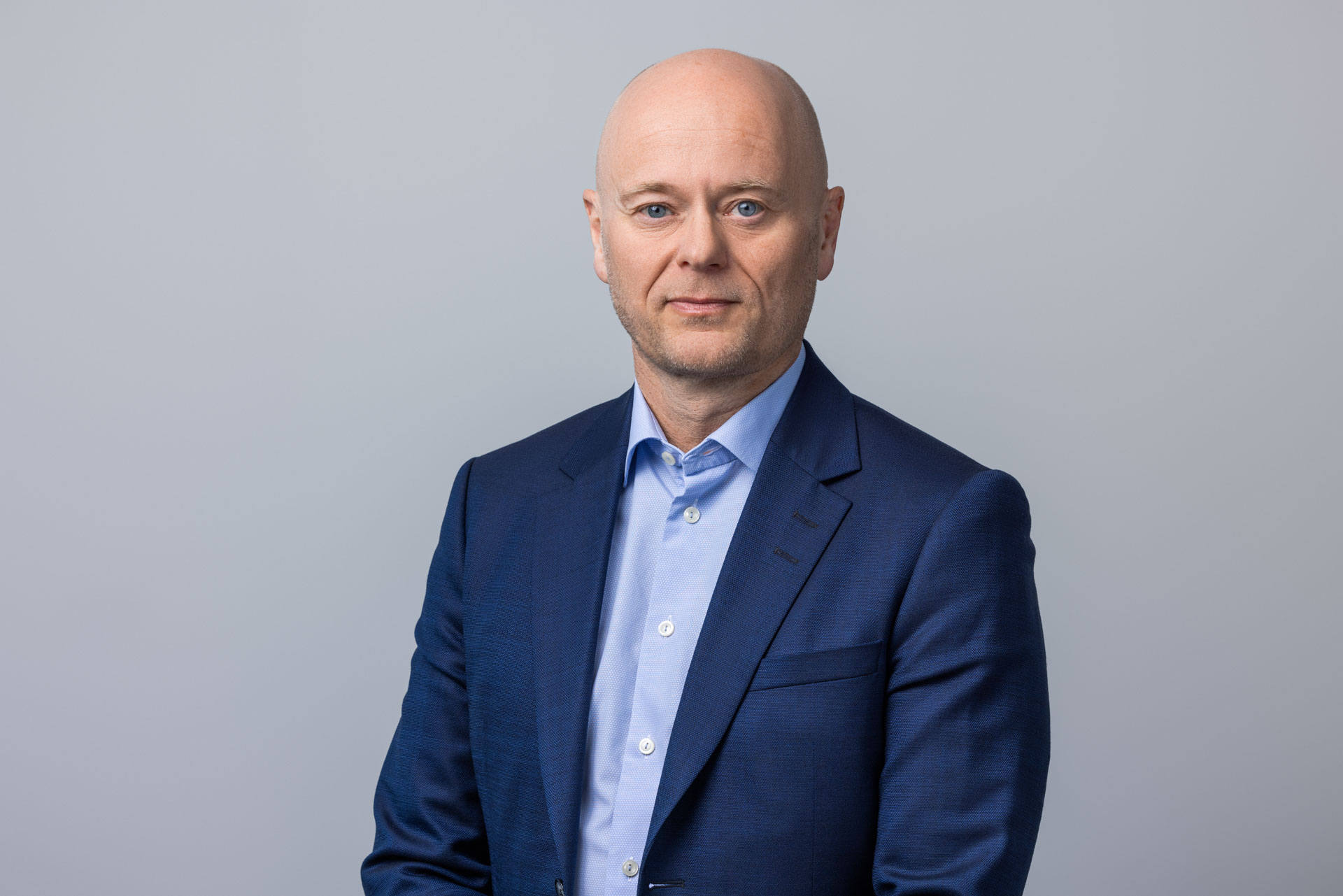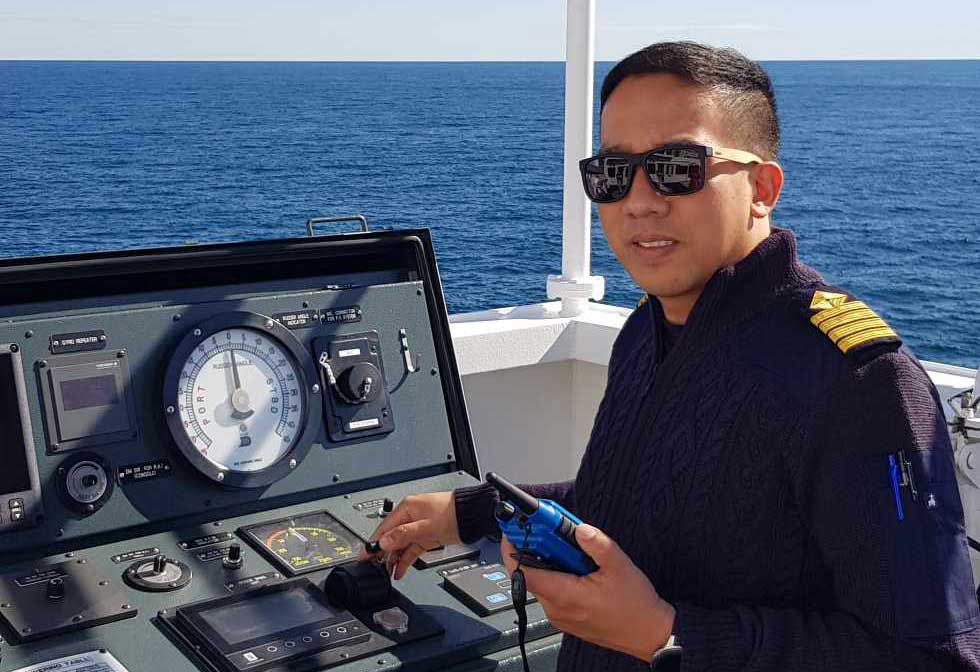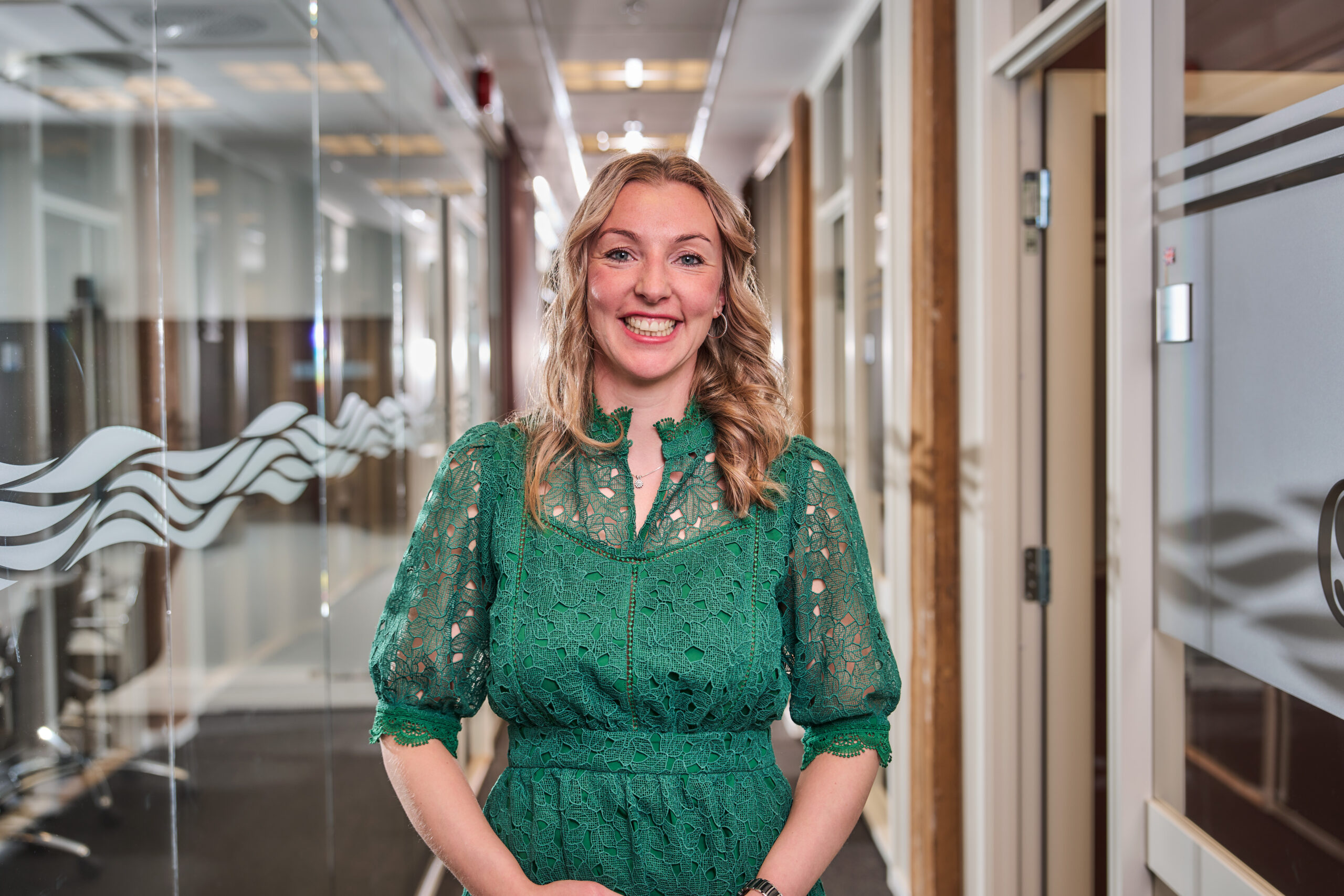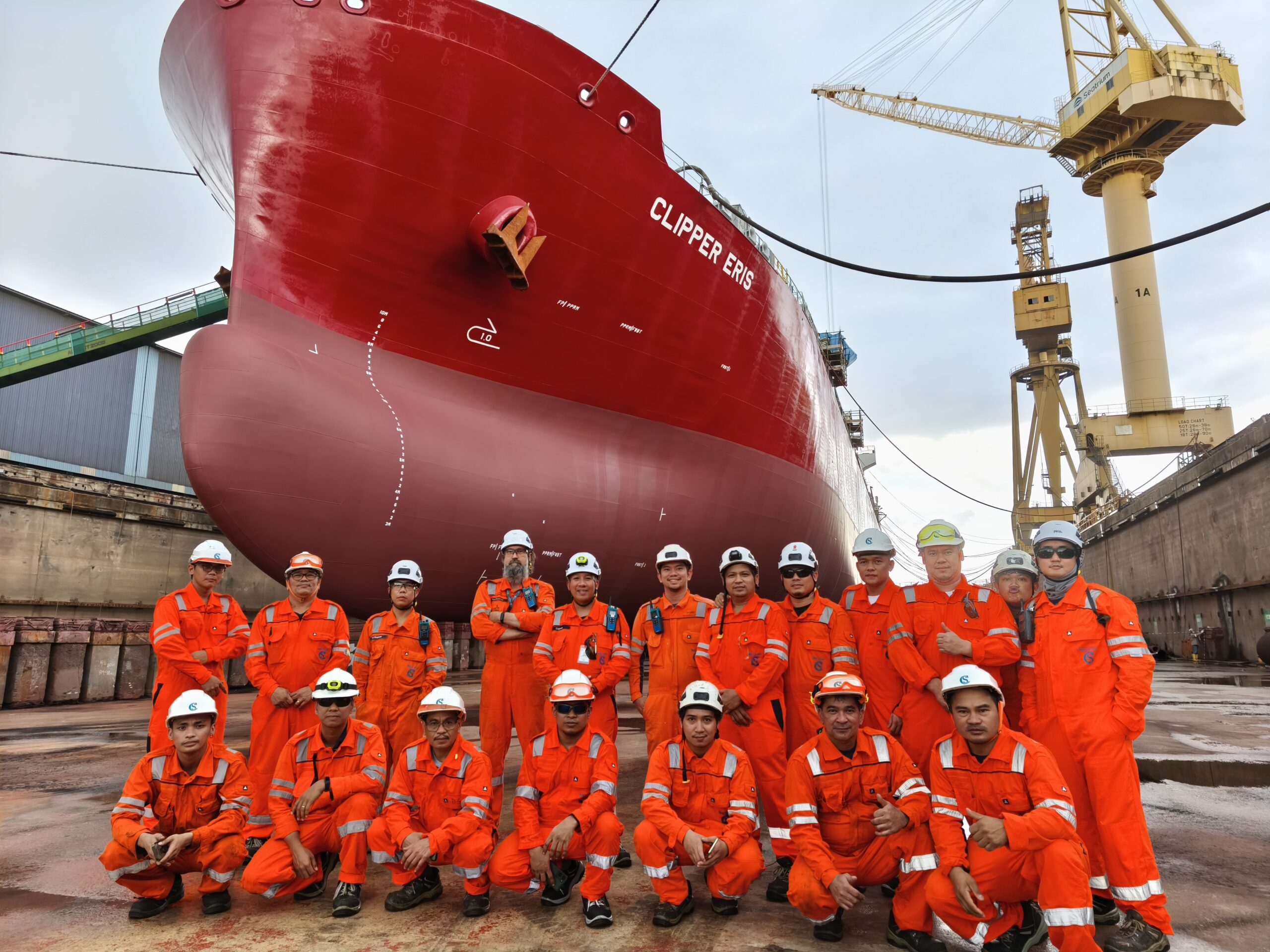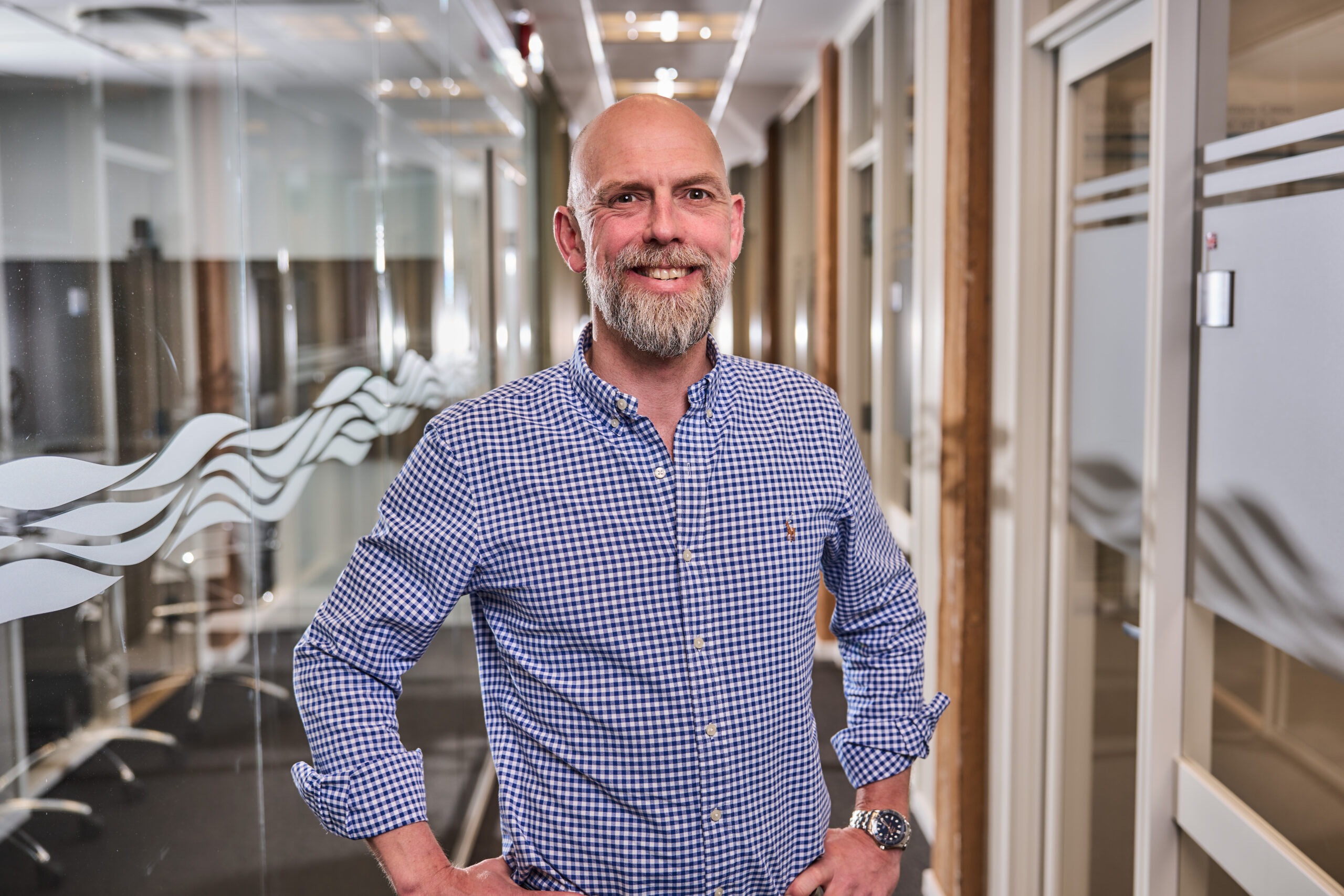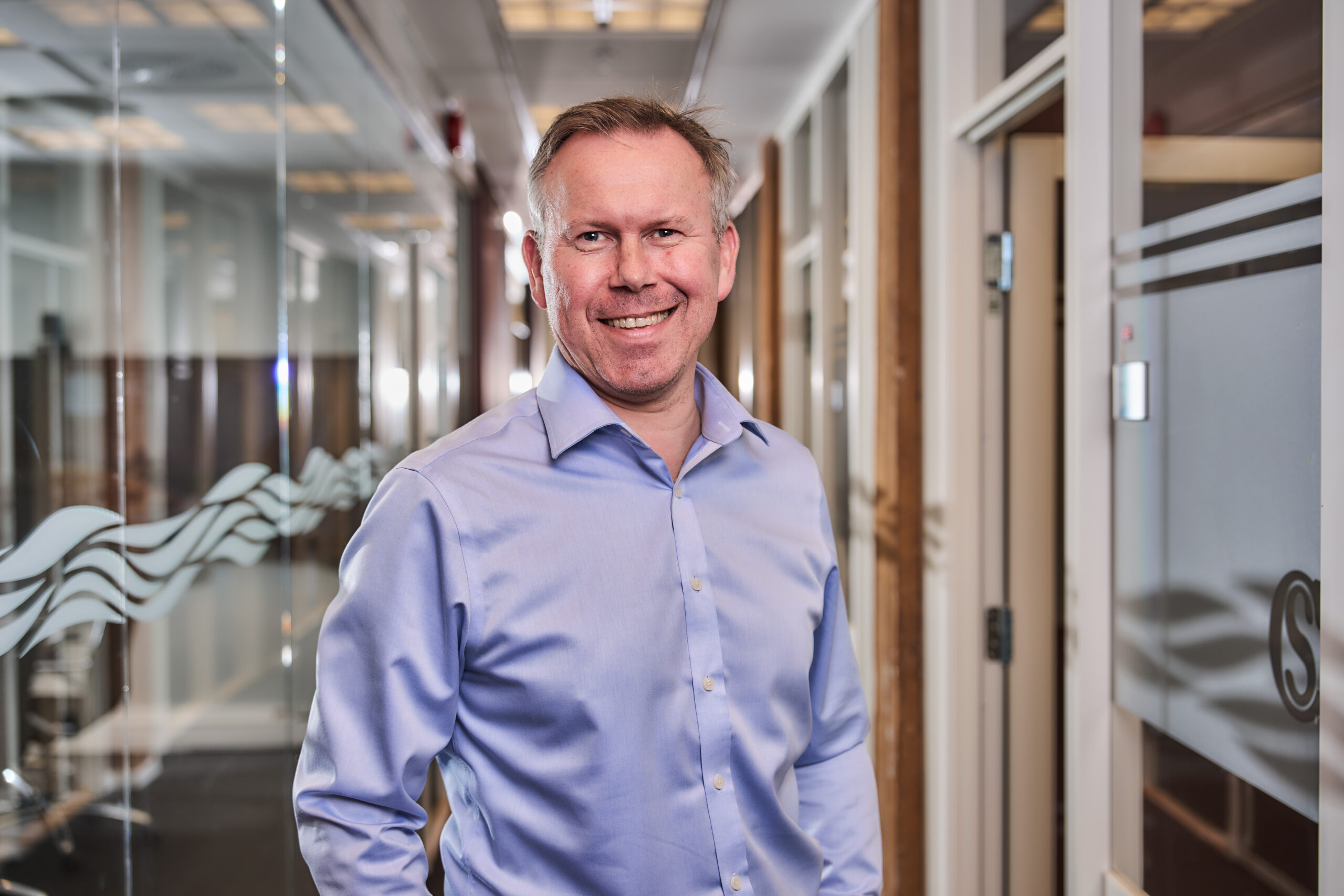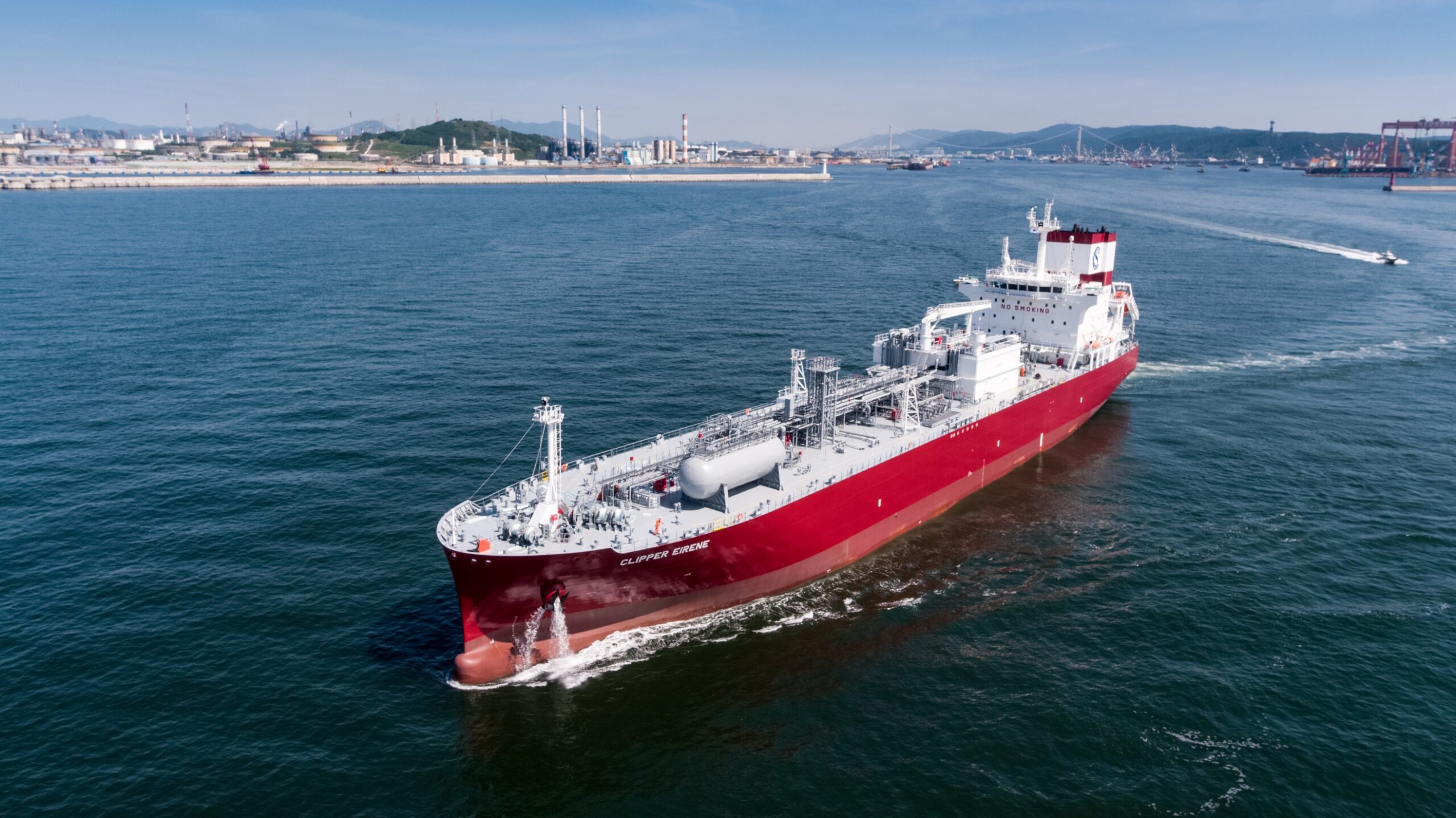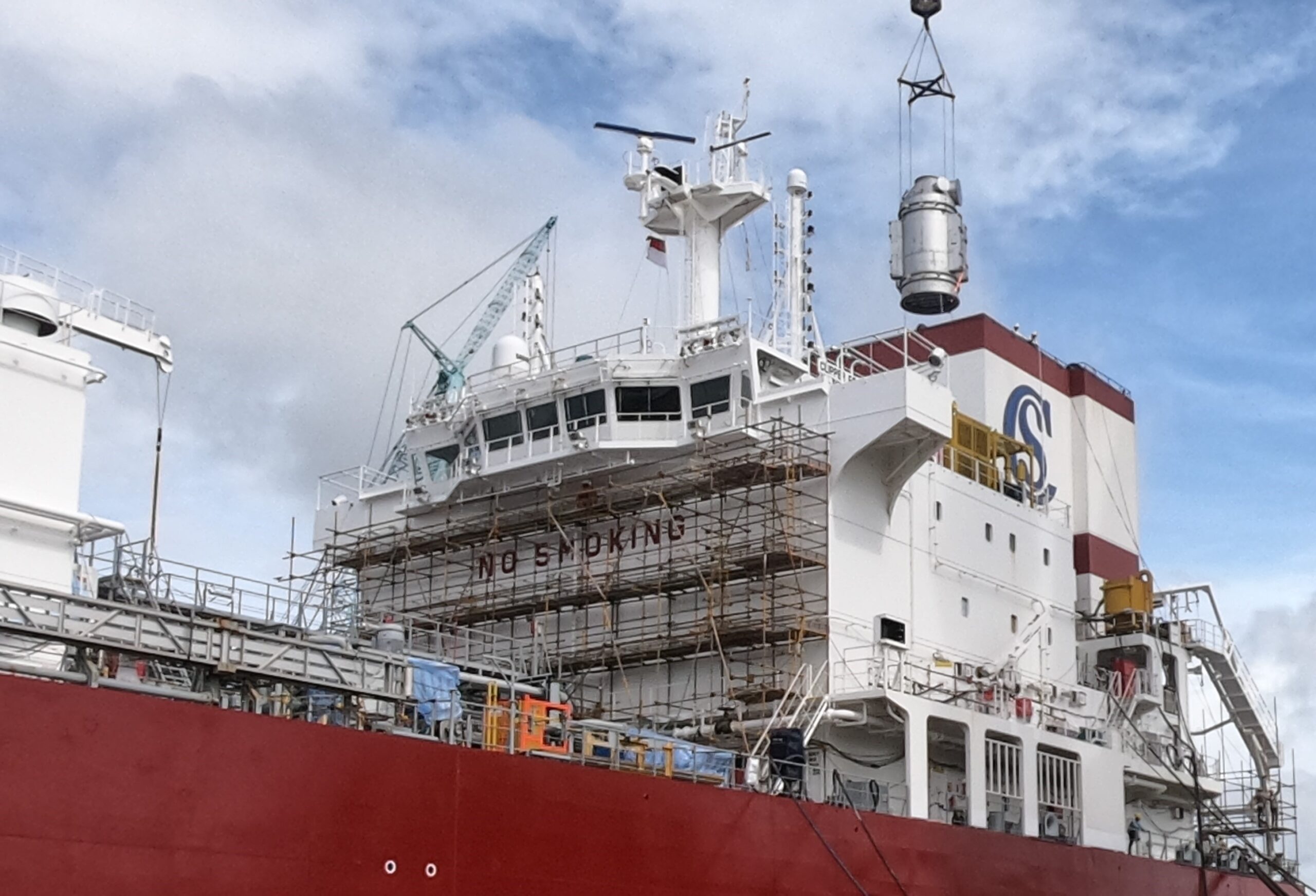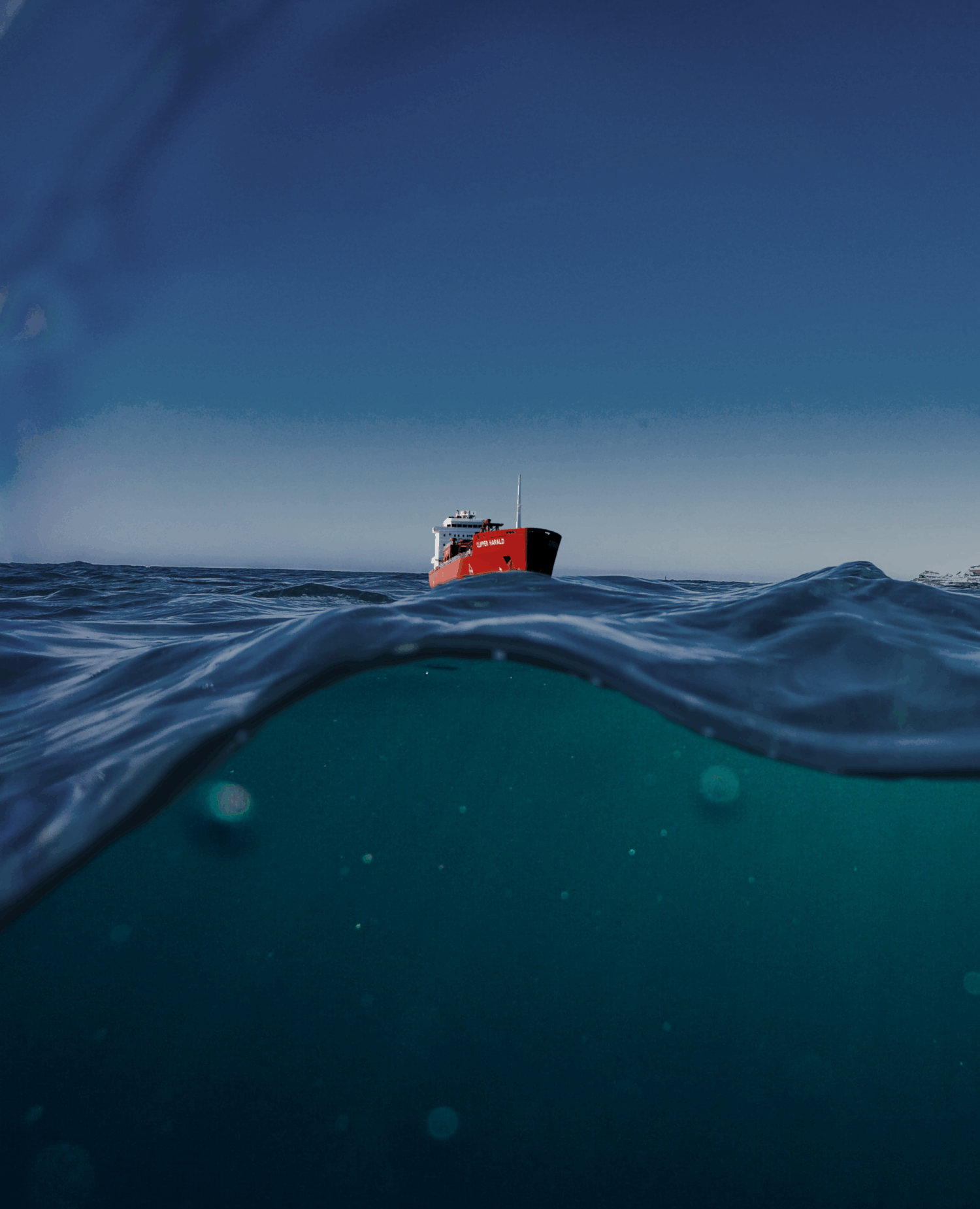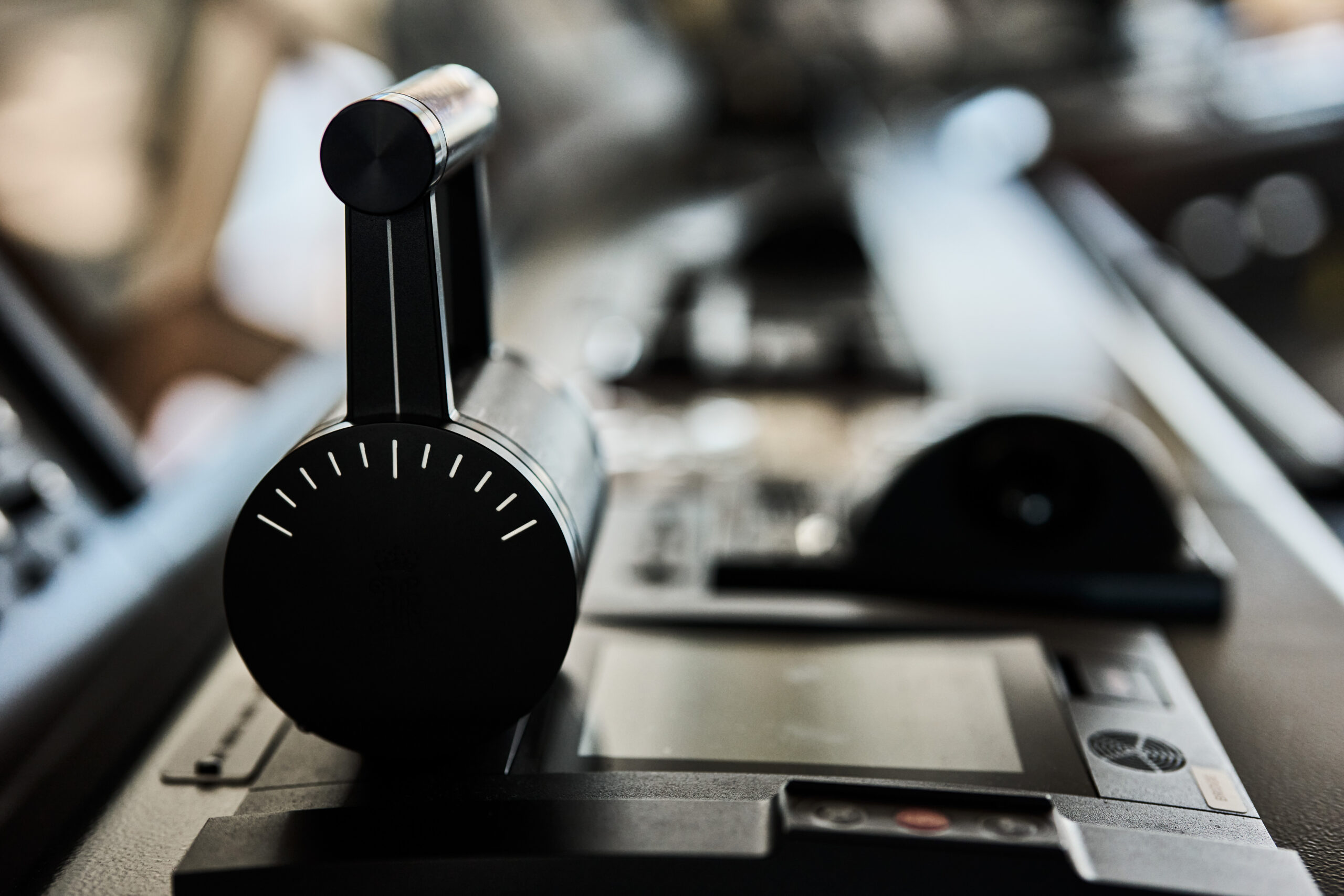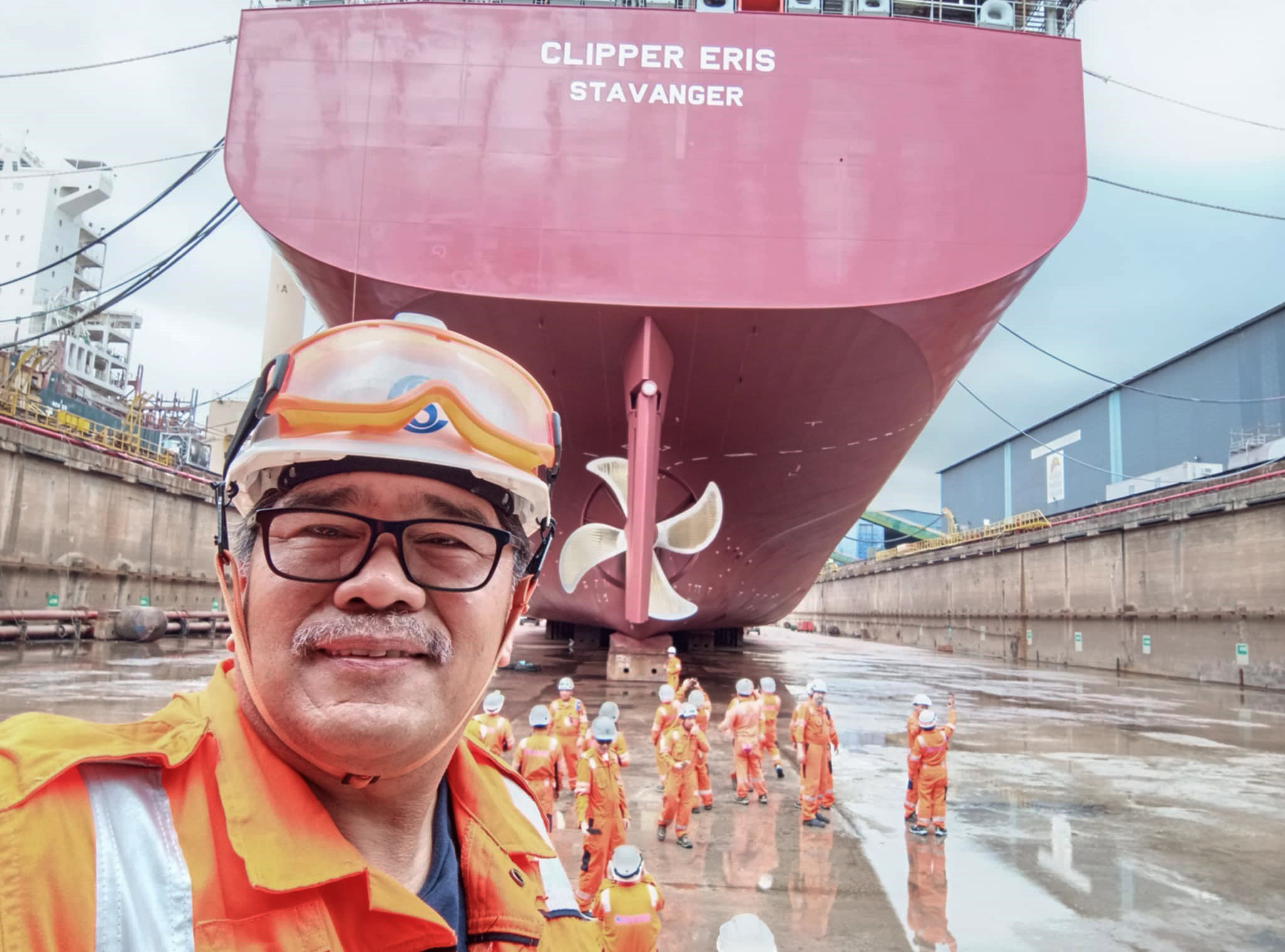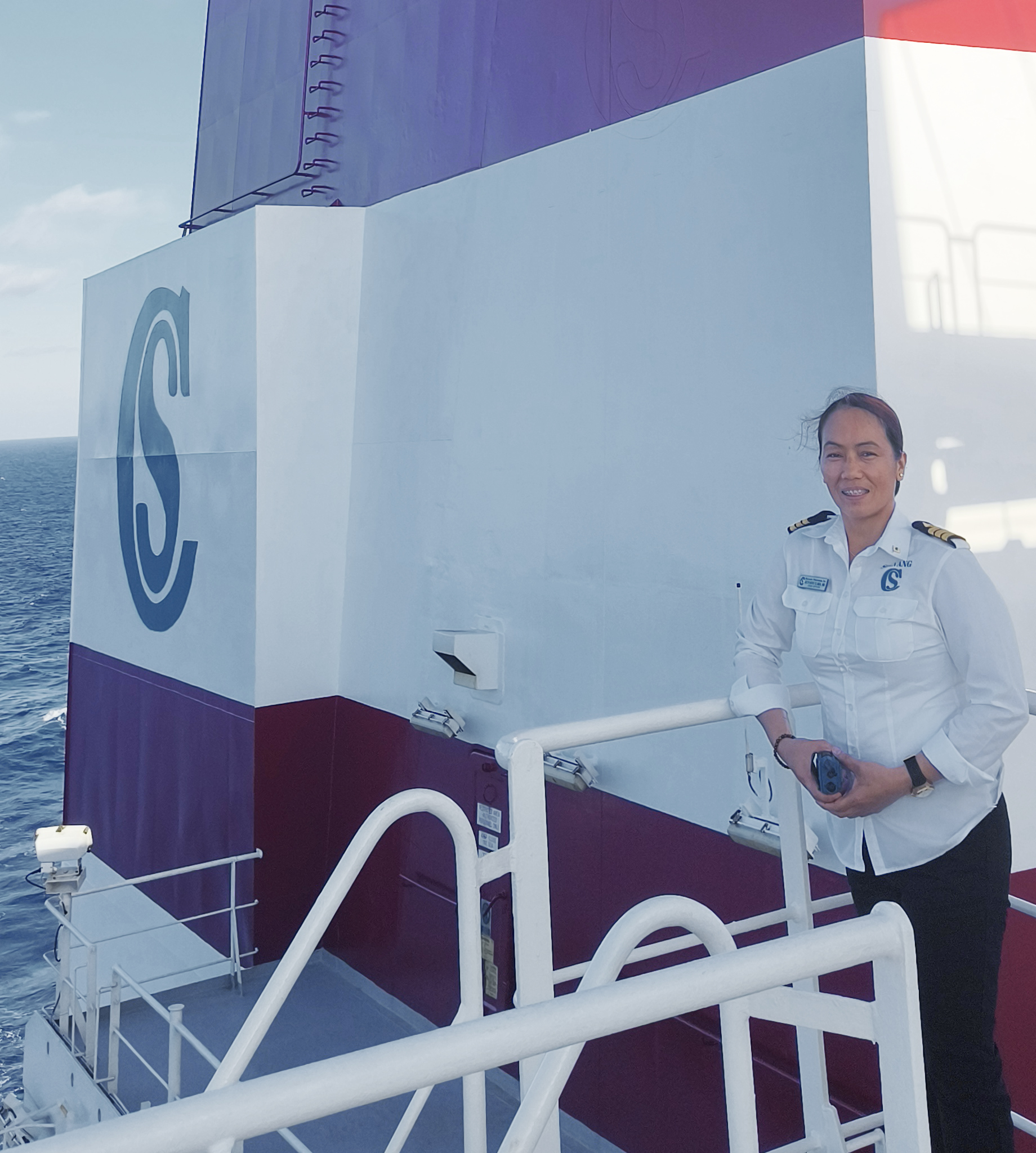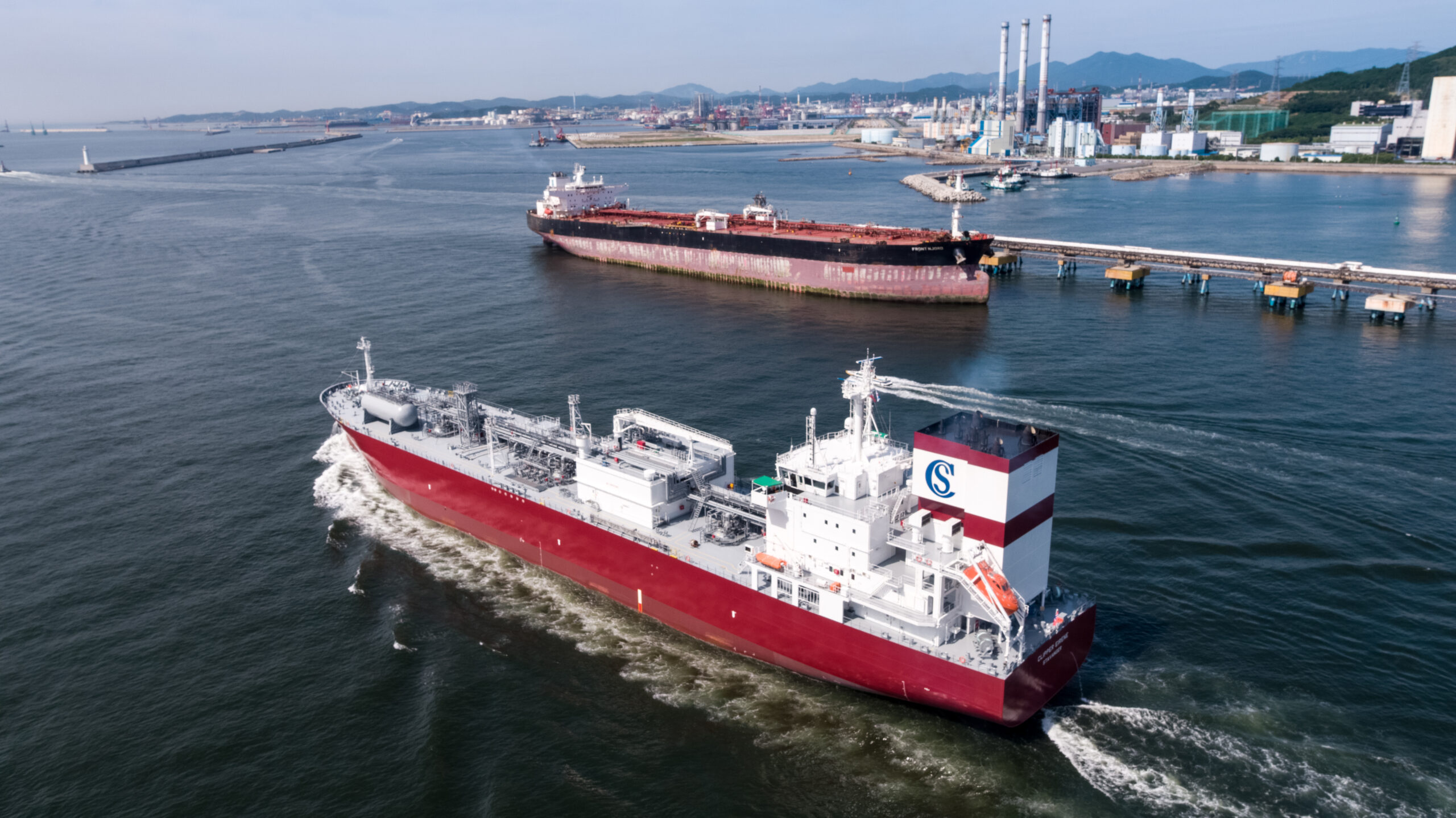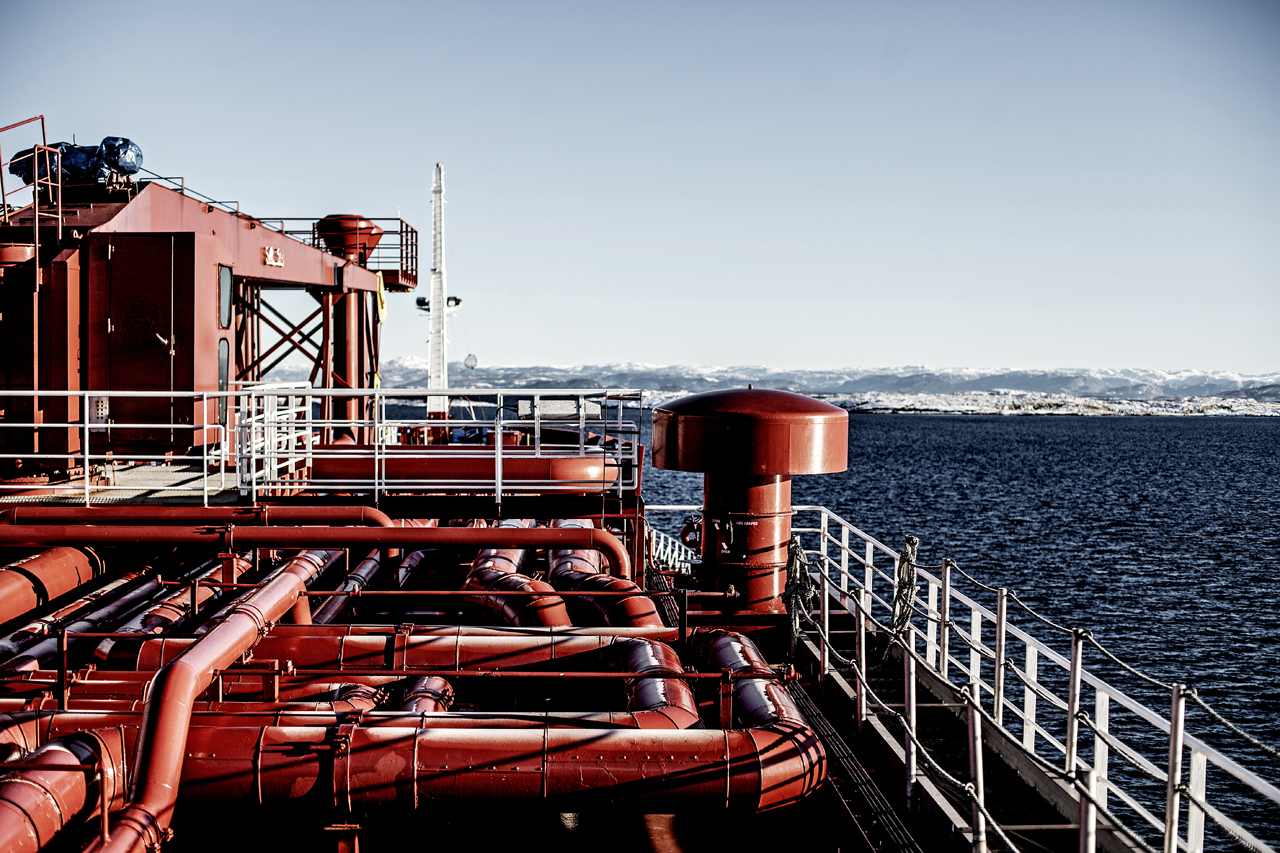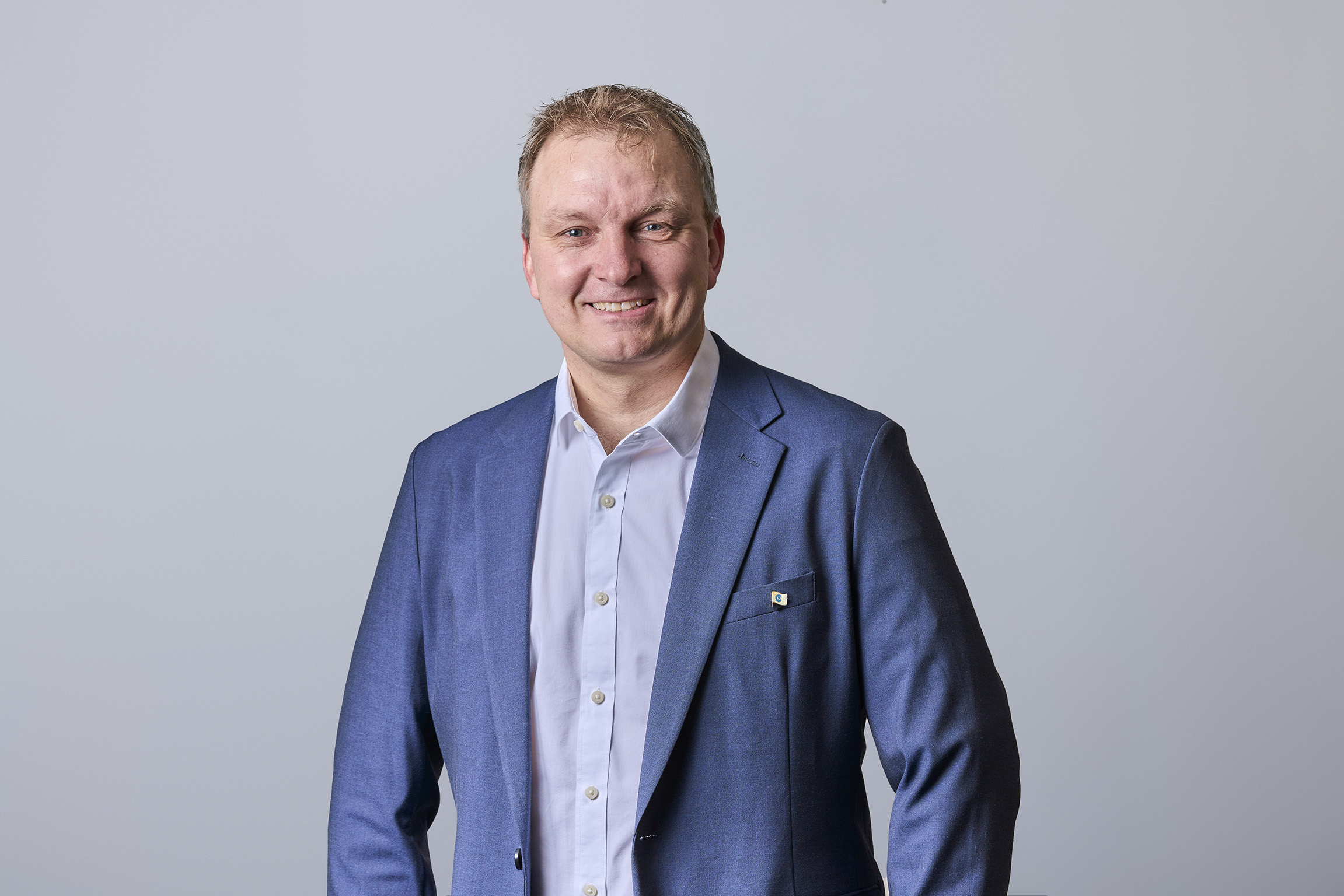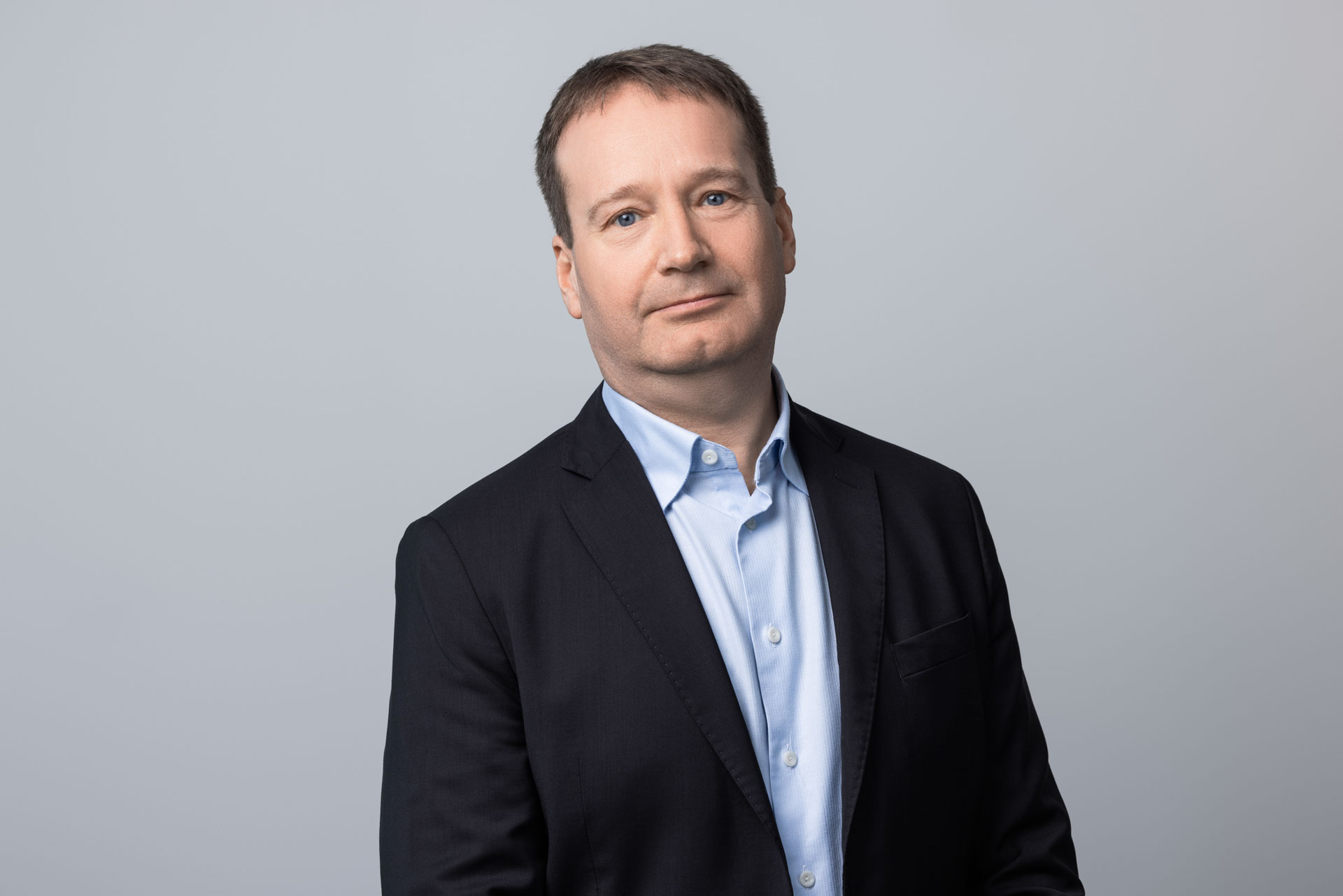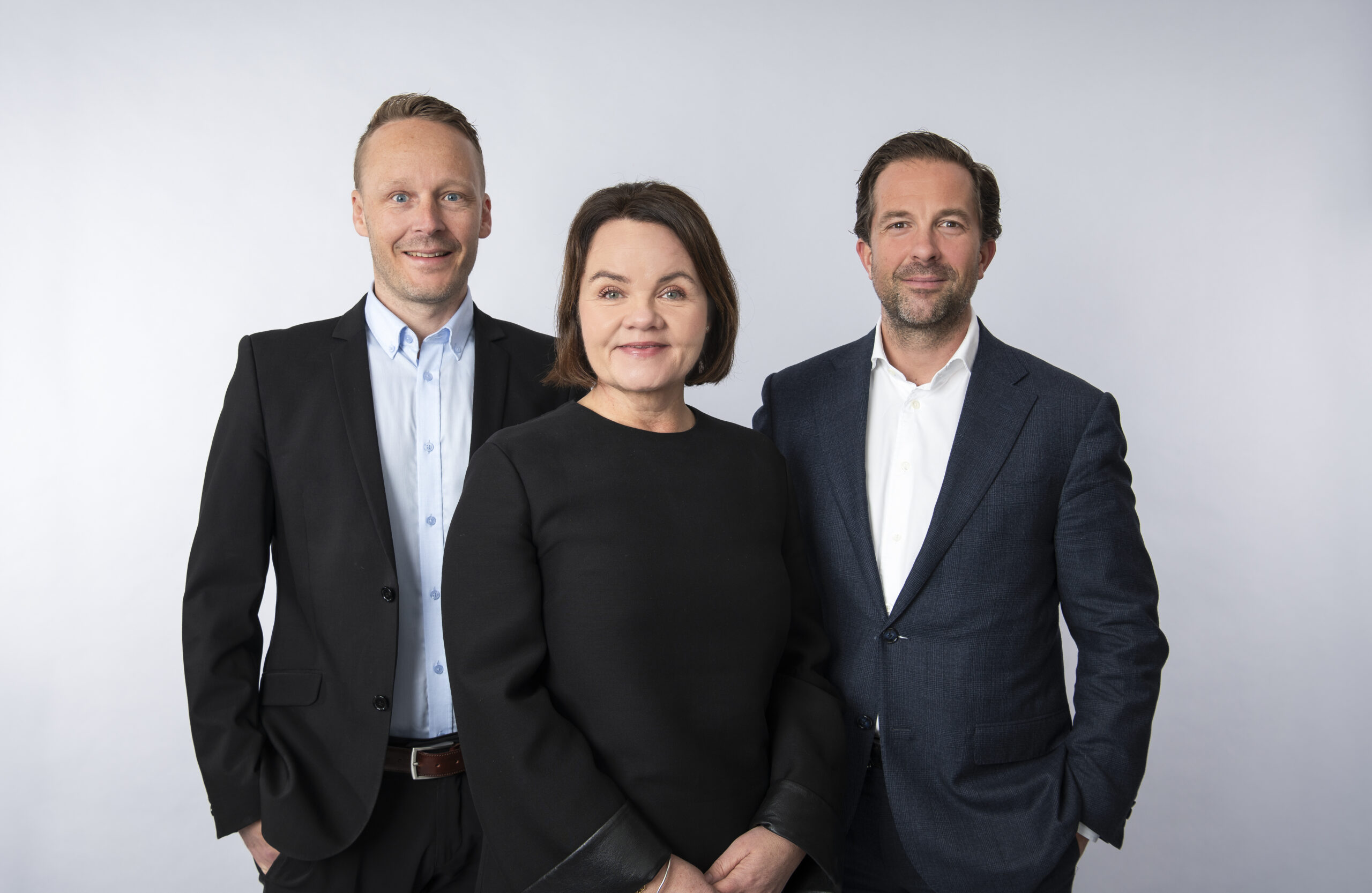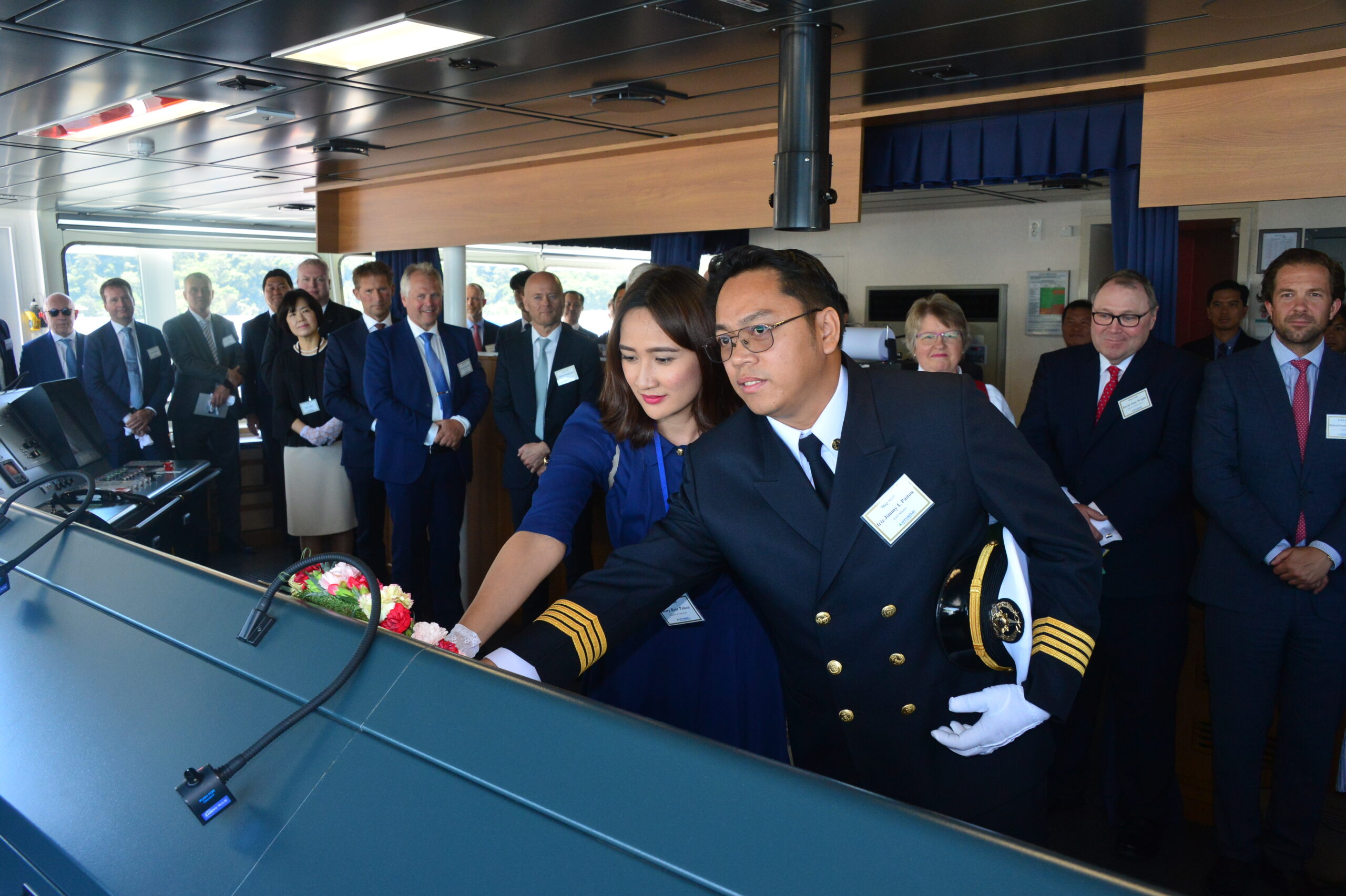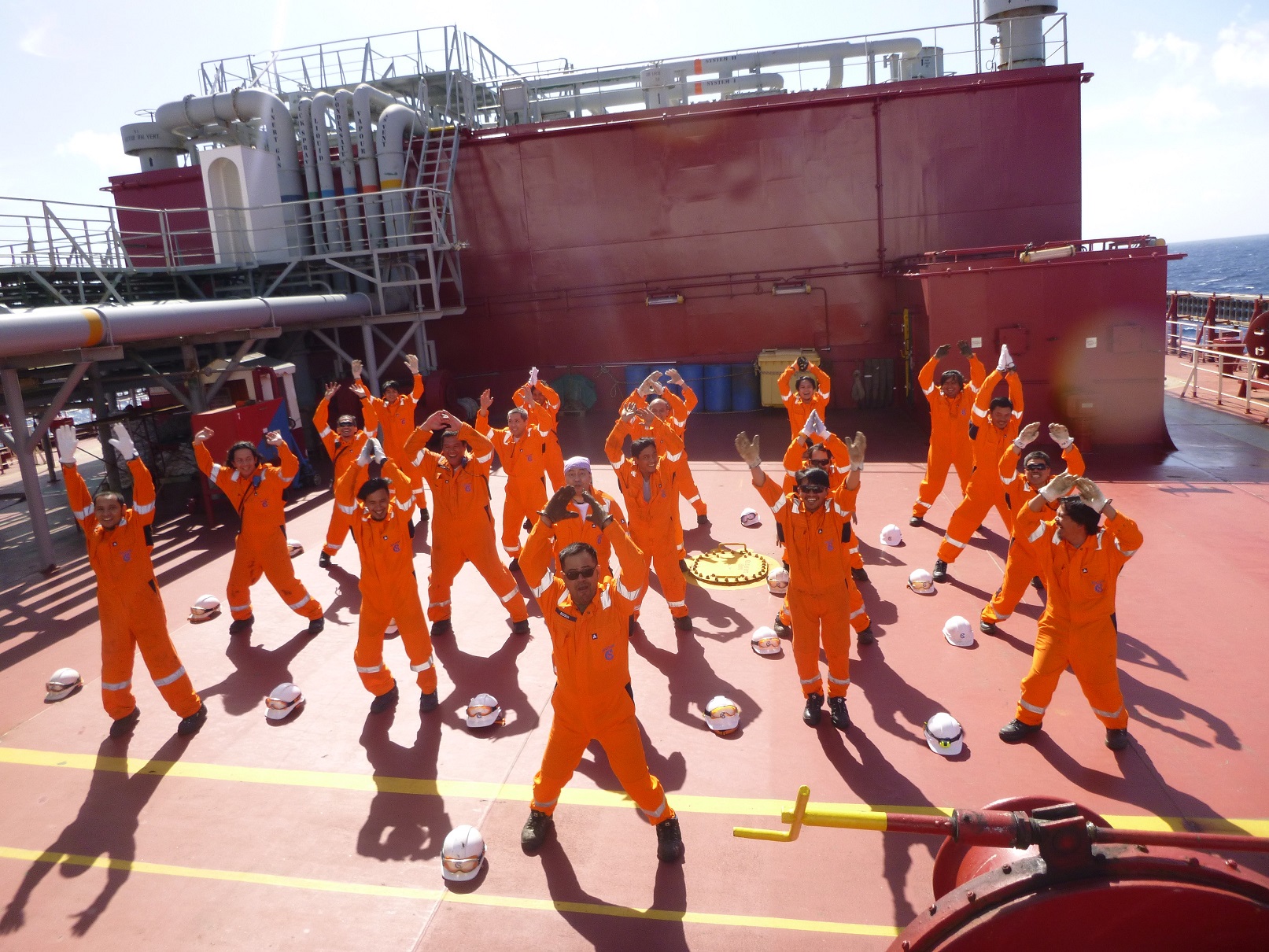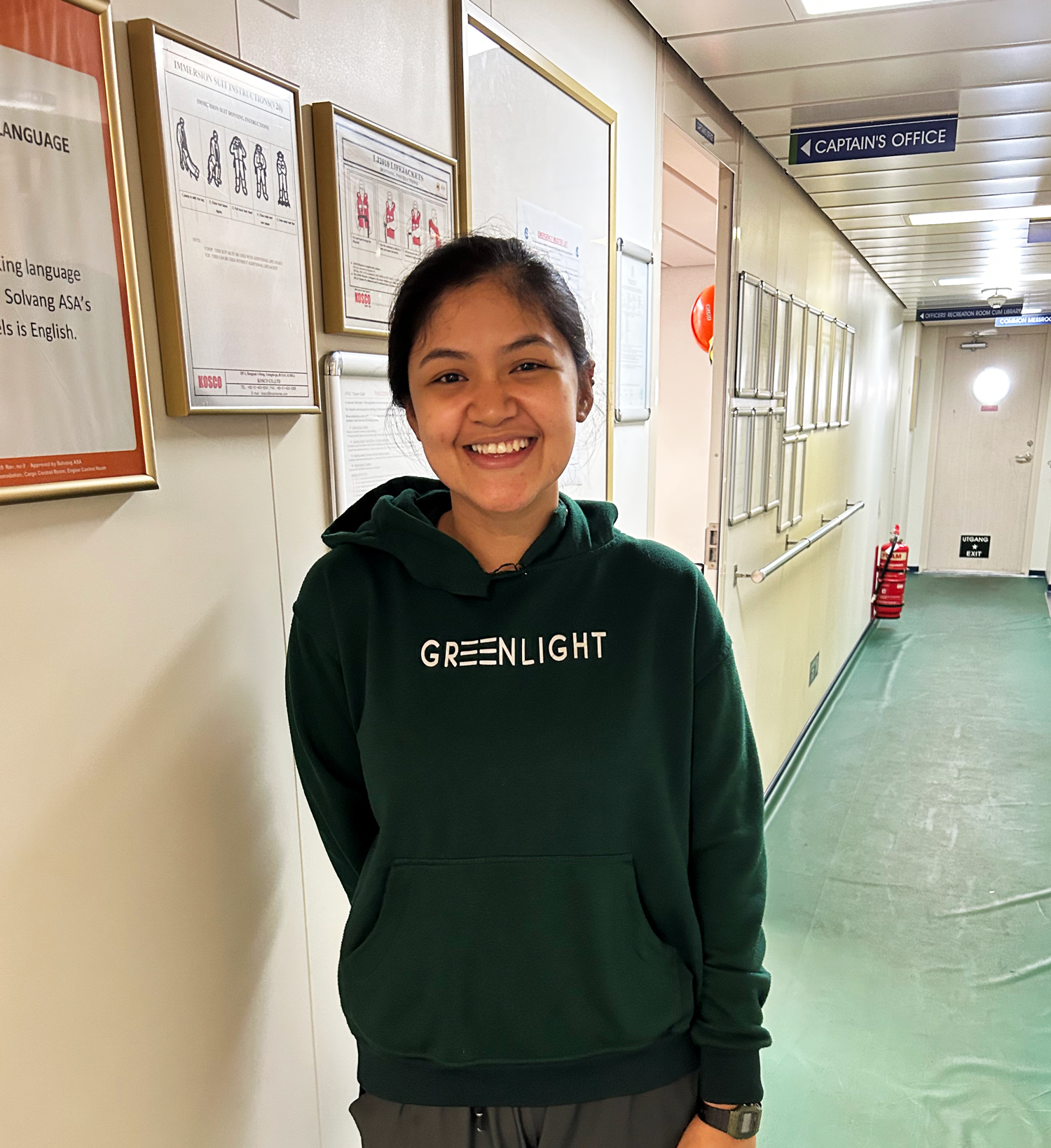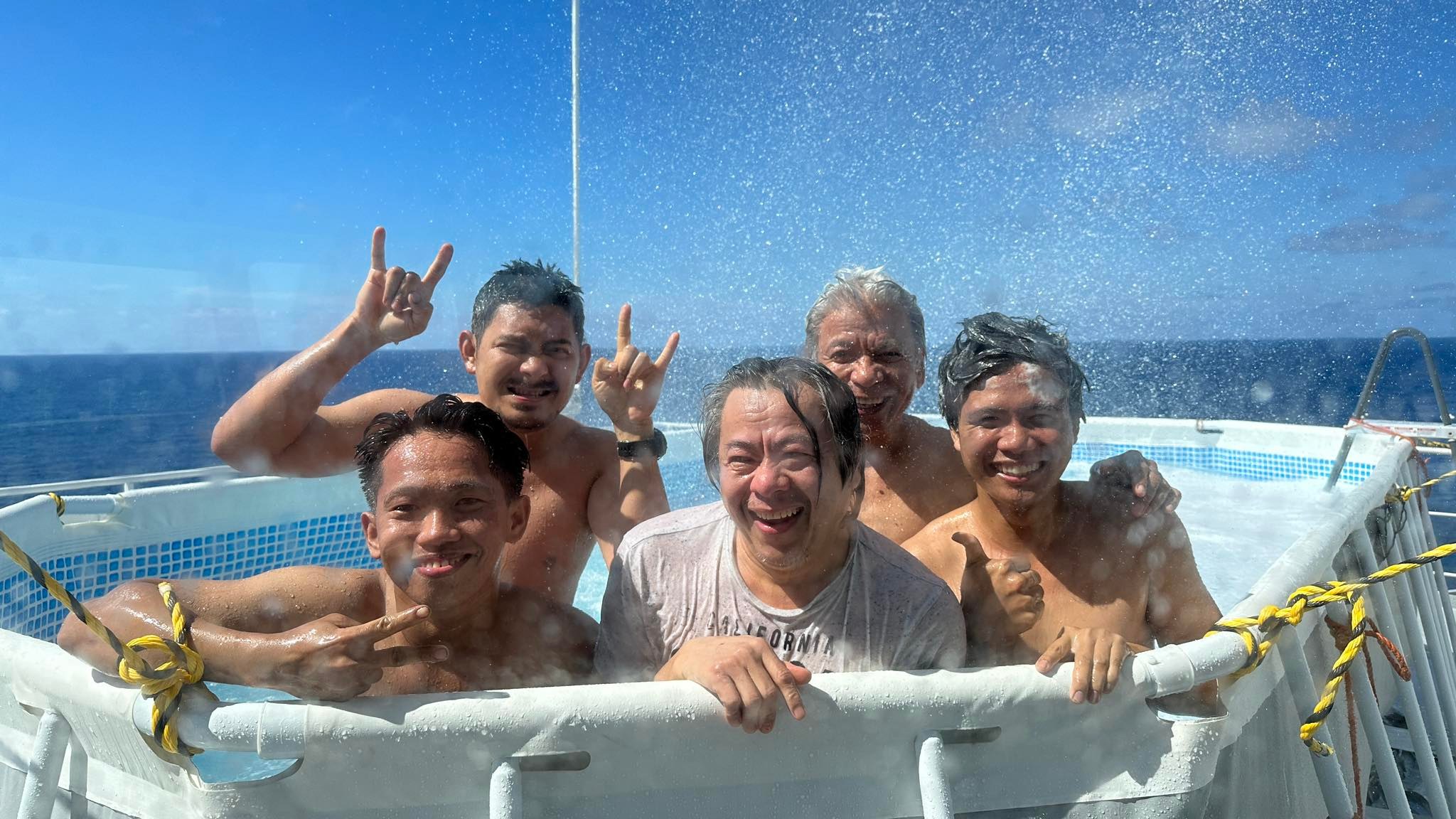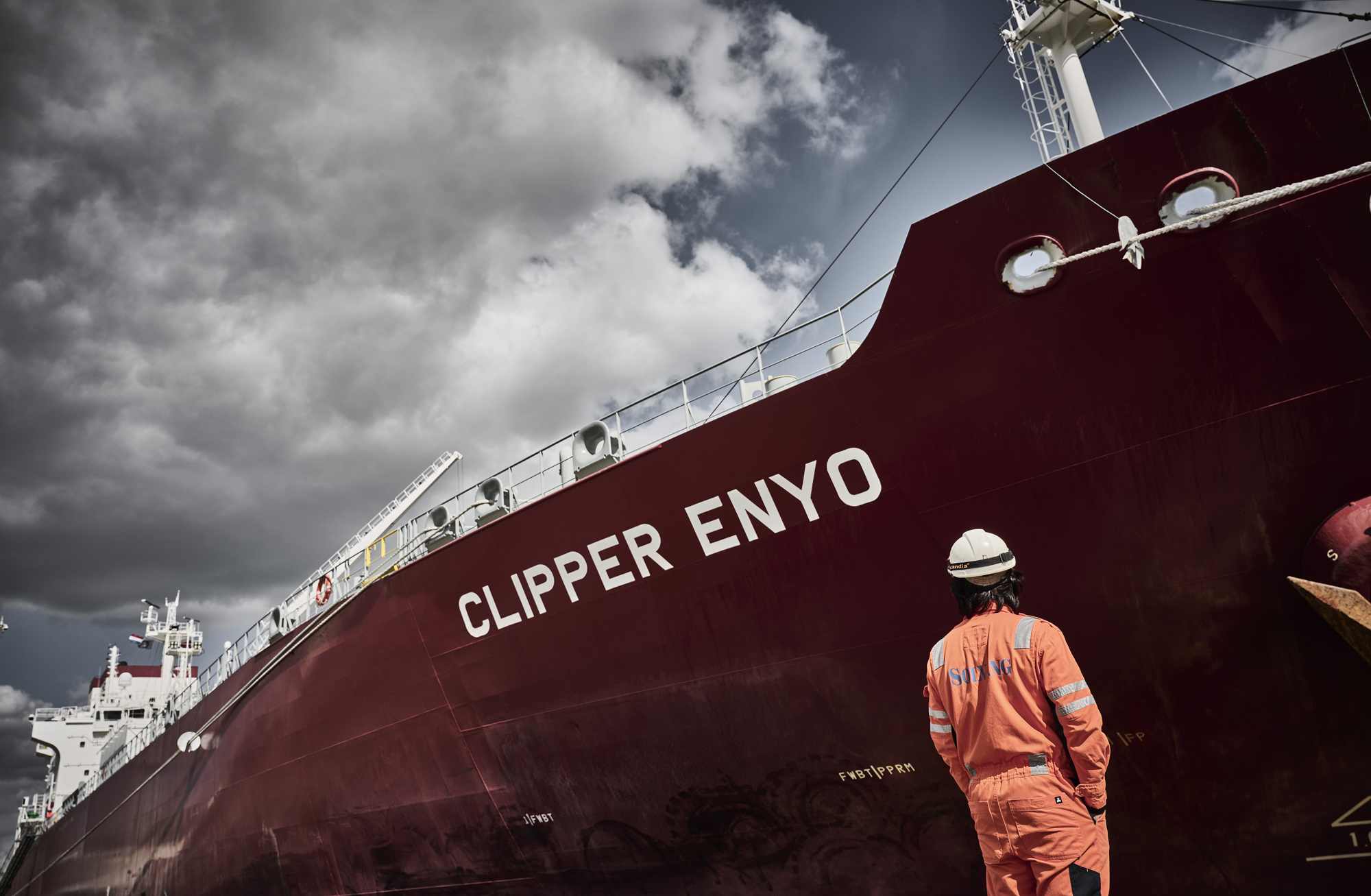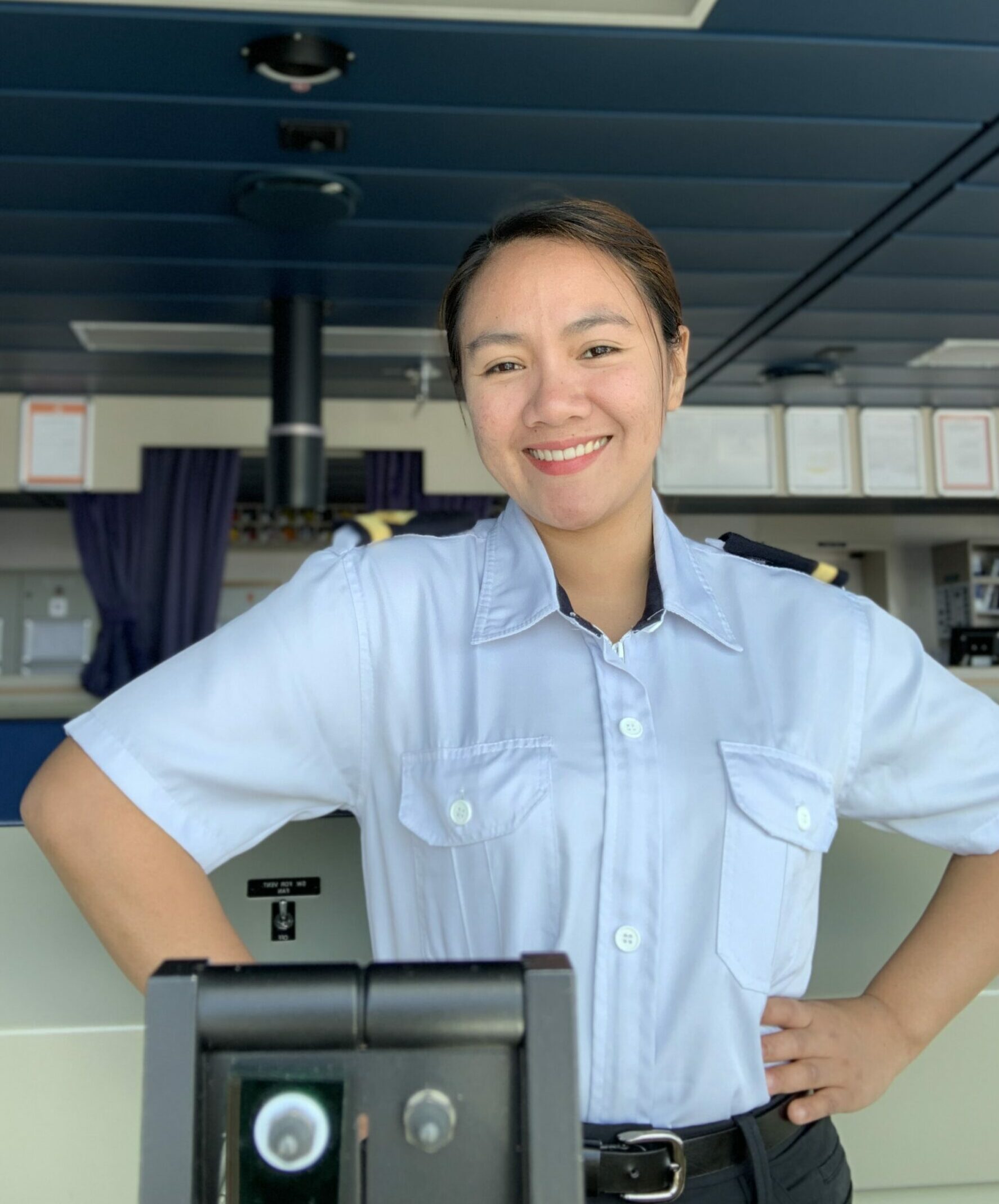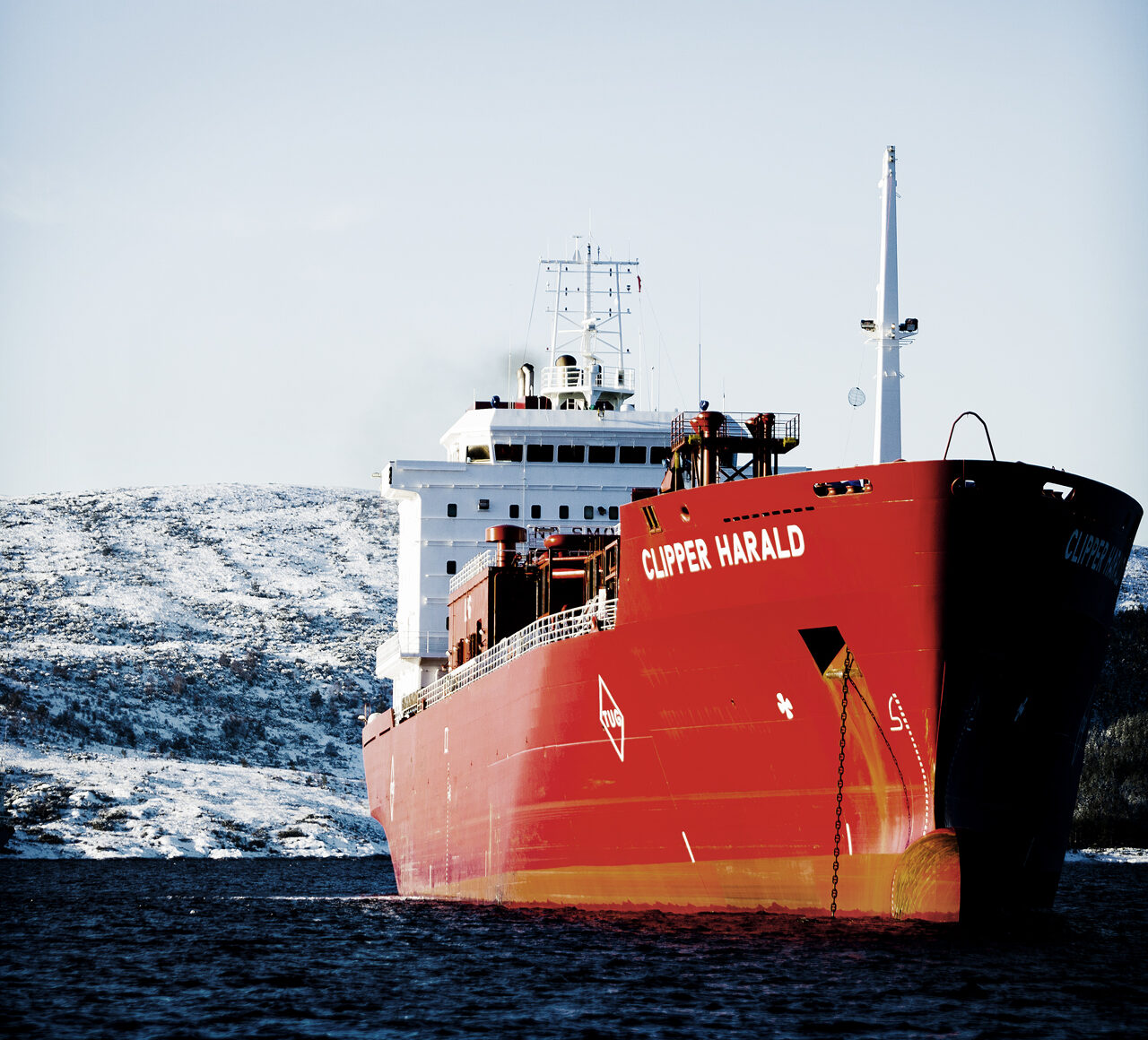At the end of 2024, Solvang gas carrier Clipper Eris had completed the retrofit of a full-scale carbon capture and storage facility to serve the main and auxiliary engines, and boilers.
The project is a joint effort between Solvang, Seatrium Admiralty Yards, Wärtsilä, M.A.N. and SINTEF, a Norwegian research institute.
The Clipper Eris installation has been scheduled to run the first year as a pilot, capturing CO2 after combustion before the exhaust passes through the outlets.
The carbon gas is being separated inside the smokestack, then refrigerated into liquefaction and transferred to deck storage for offloading at port.
As much as 80 percent of the carbon outlets will be removed from the exhaust, according to laboratory tests at Wärtsilä’s facility in Moss, Norway. As a result, conventional fuel oil operation will stay within stricter GHG regulations. This gives global shipping a better chance to offer affordable transportation to clients.
Call for infrastructure
For OCCS to be a success on a growing scale, more shipping companies and industry stakeholders must see the benefits and join in. Solvang CEO Mr. Edvin Endresen, who has championed the CCS project since its start in 2021, points out two key factors for the OCCS technology to succeed in shipping: Infrastructure and global regulations.
«CO2 can be recycled for use in land-based industries, but we need a global infrastructure to offload the product for delivery to end-users. In addition, IMO must implement global regulations with benefits and penalty schemes for achieving the set goals. Predictability is necessary for the industry to invest in solutions for reducing CO2 emissions» Mr. Endresen states.
He predicts a long-term effect on the deep-sea fleet’s climate footprint. «Onboard carbon capture combined with existing cleaning technology is a significant shortcut to decarbonization of the world’s deep-sea fleet», Mr. Endresen says.
International innovation
The OCCS installation is the culmination of efforts Solvang started in 2008, when IMO introduced its emission reduction plan towards 2050, and Solvang started planning the ECO LPG Programme, which was initiated in 2011.
In 2023, Solvang’s OCCS project was acknowledged nationally and internationally upon receiving a grant of MNOK 80 from the Norwegian Climate and Energy Fund, for the practical application of the technology in offshore operation.
“The continuous efforts to reduce our climate footprint will continue unabated into the future”, CEO Edvin Endresen says.
